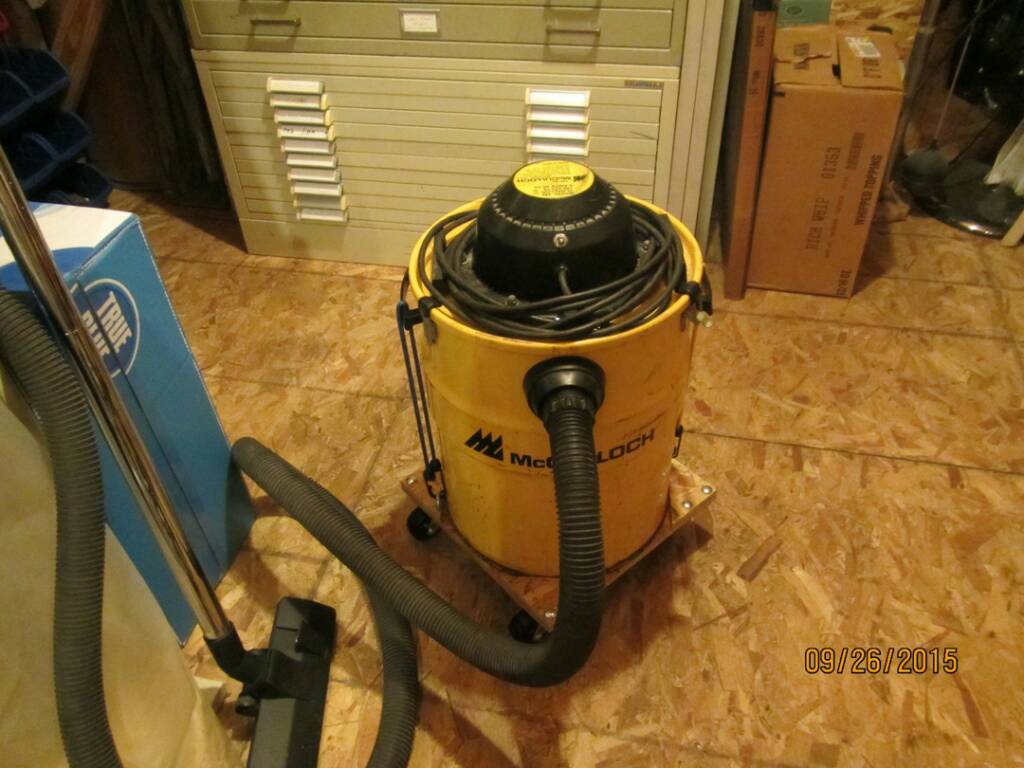It cost me a bit but I had a .pdf file of the paper so I could print it out. The SAE folks know how to protect their property so I could not actually save the file. Mostly the article discussed the low vibration nature of the BP design. The folks at McCulloch did know how to get their ideas out there.
I also bought a copy of the 1970 Popular Science magazine that discussed the BP series engines. I tend to collect stuff...
Mark
I also bought a copy of the 1970 Popular Science magazine that discussed the BP series engines. I tend to collect stuff...
Mark































































